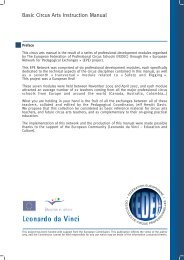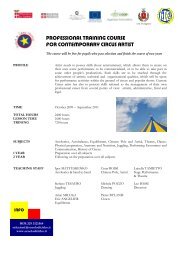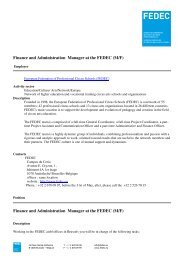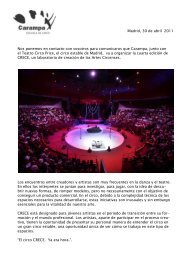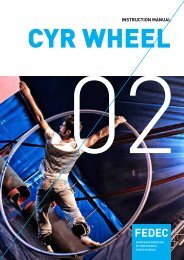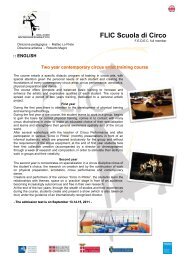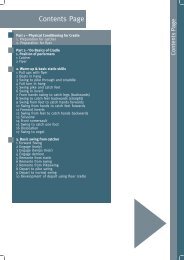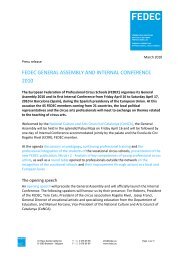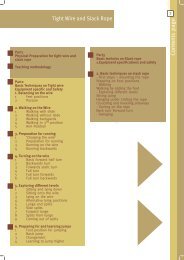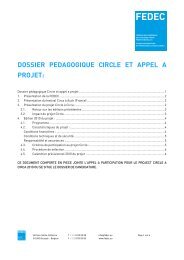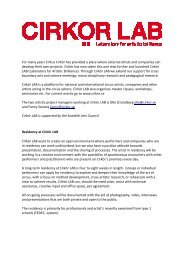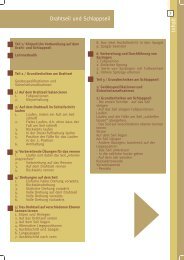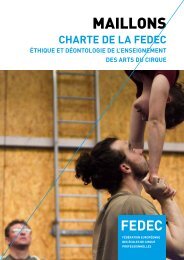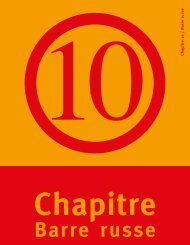CHAPITRE1 (TRAINING THEORY)b - Fedec
CHAPITRE1 (TRAINING THEORY)b - Fedec
CHAPITRE1 (TRAINING THEORY)b - Fedec
Create successful ePaper yourself
Turn your PDF publications into a flip-book with our unique Google optimized e-Paper software.
6<br />
Manual for Acrobatics: Handstand, hand to hand, banquine<br />
8/ Handstands<br />
Handstands Base Lying, Bent Arms(Stage 1)<br />
- This is a useful preparation for<br />
handstand<br />
- From the shoulderstand on feet<br />
the base bends his legs and<br />
starts to tip the weight back on<br />
to his hands<br />
- The base can help to maintain<br />
the balance with the feet.<br />
Straddle Jump to Handstand (Stage2)<br />
- This can be done either<br />
straddled as shown, tucked or<br />
piked.<br />
- It is essential that the flyer is<br />
used to performing this skill on<br />
blocks and sticks before<br />
attempting this<br />
- Base begins with bent arms<br />
and then straightens as the flyers<br />
centre of mass comes over the<br />
hands<br />
Handstand on shoulders<br />
- This is a simpler form of<br />
handstand starting from a pitch<br />
from’stage’<br />
- As the flyers centre of mass<br />
moves over the base’ shoulders<br />
the hands are taken to the flyers<br />
upper arms to add stability<br />
Handstand on shoulders (free)<br />
- A more advanced form of the<br />
above without the support from<br />
the base’ hands<br />
- The balance should first be<br />
gained with the base holding<br />
the arms, and then released<br />
when stable<br />
Part2/ Hand to Hand Balancing<br />
28



